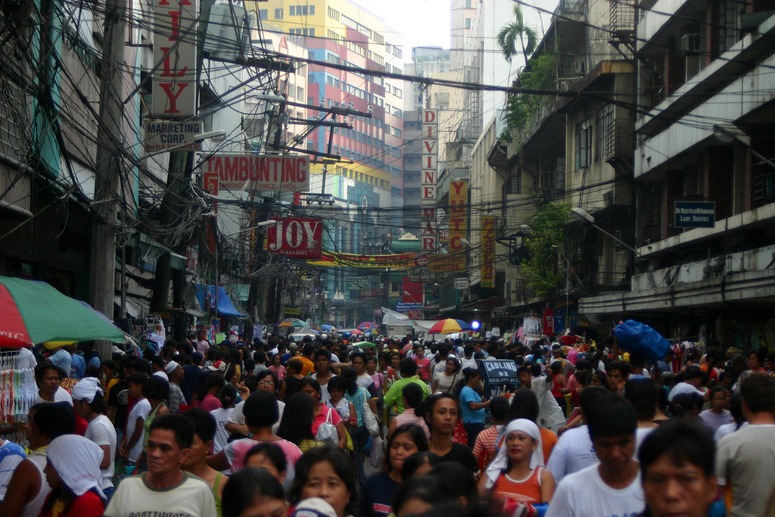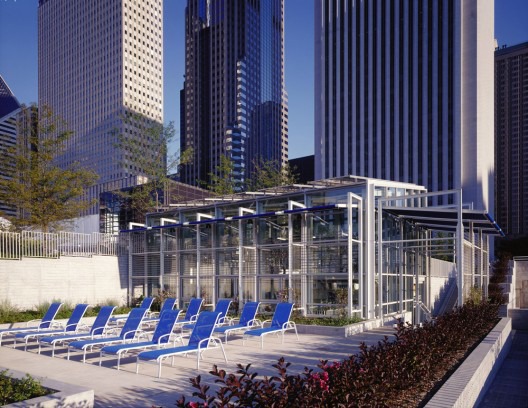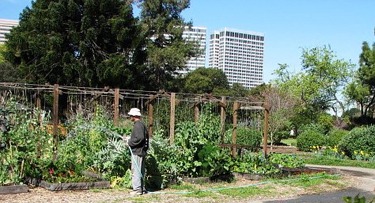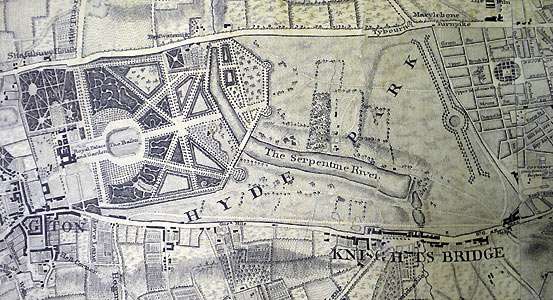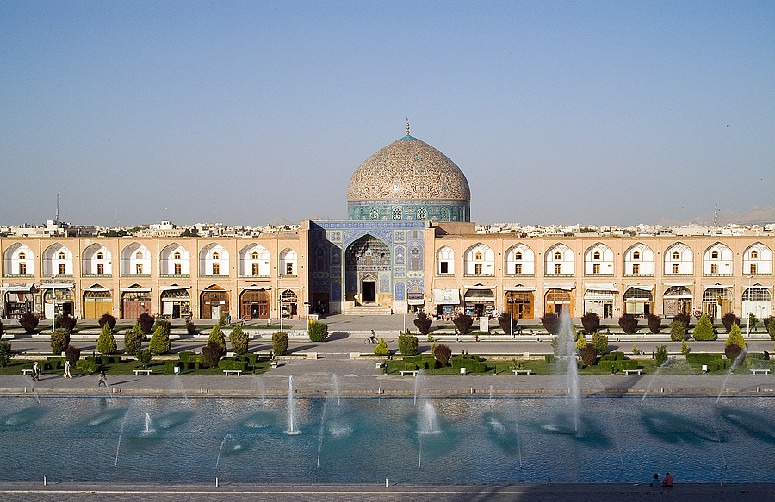Jonathan Solomon tells a CNN inverviewer that ‘Dense cities use less energy per person than more dispersed suburban equivalents. When you consider a city in relation to its larger region, the ecological footprint per person in a city may be significantly smaller than rural inhabitation’. Similarly, public transport systems use less land than private cars. So it is likely that if we must make our cities more sustainable then we must adopt densification policies. The main possibilities include: make more use of airspace (eg by building higher); make more use of underground space (eg for transport and parking); make more use of waterspace (eg with houseboats, tunnels etc); make better use of roofspace (eg for parks and gardens); make better use of ‘space between buildings’ (eg with new structures, cantilevers, balconies etc). In comparison with Tokyo, London is a very low density capital, and profligate with its use of transport space. The urban density in London (5,000/km2) is one eigth of the density of Manila.
OK, but all these measures require ingenuity and design imagination. They require studies from urban designers and landscape architects to discover how densification can take place in conjunction with improvements to the quality of life in cities. And we should remember the sceptics, like Jan Gehl, who argue that low density cities are more sustainable. My instinct is that there is no ‘one right answer’: cities need high density nodes with lower density peripheries.
Above image courtesy Jake Hirsch-Allen
Will we live to see the End of Suburbia?

